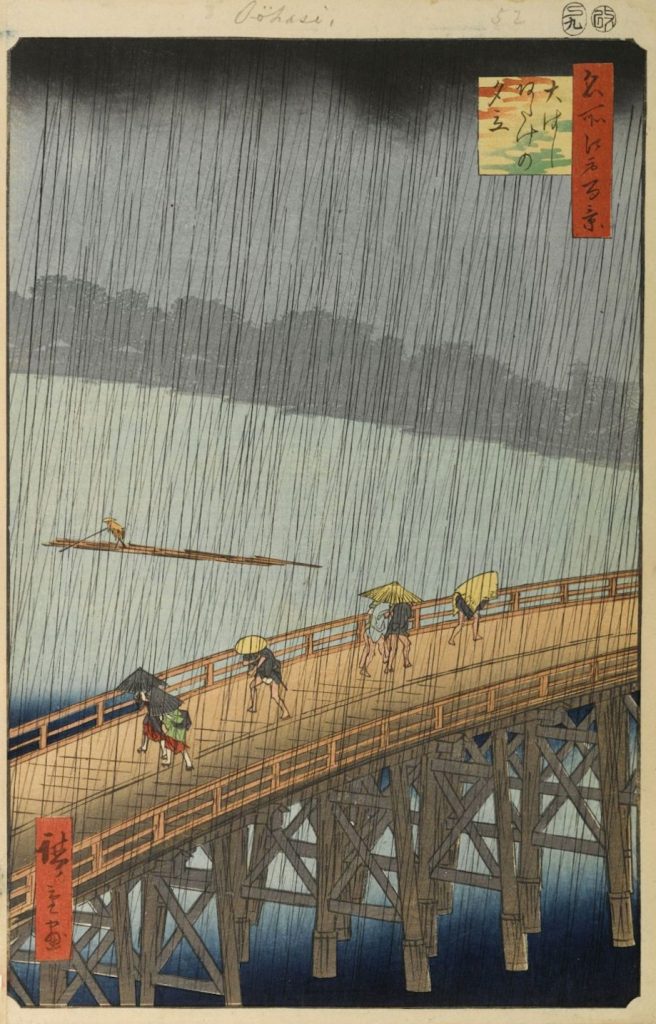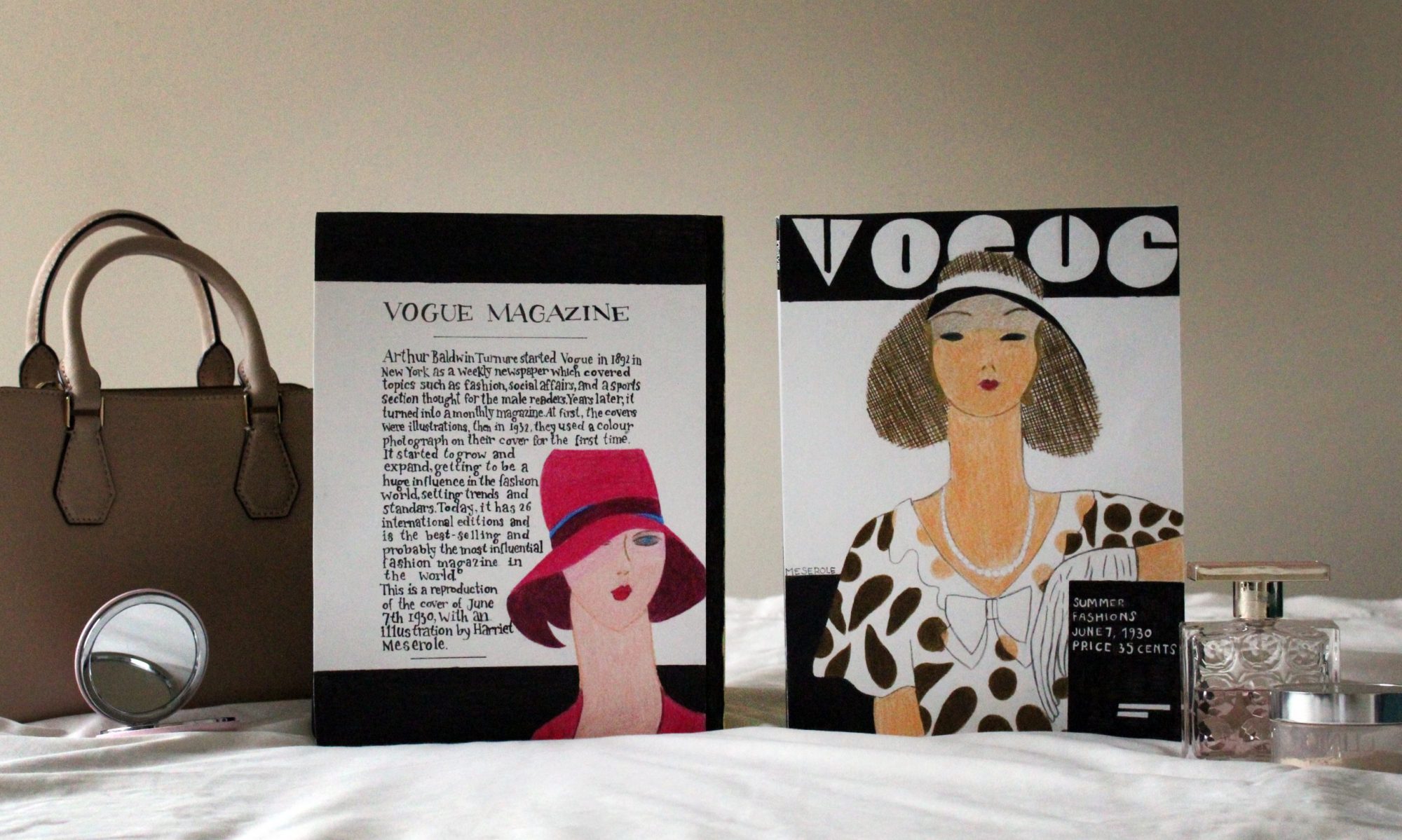Images that transport you to a new universe, the “pictures of the floating world”.

The Great Wave of Kanagawa engraving- Katsushika Hokusai
Ukiyo-e? What is that?
Ukiyo-e was an artistic manifestation that emerged during the Edo period (former name of the current Tokyo) and remained between the XVII and the XIX centuries. It consisted of a technique of wood engraving, also known as “woodcut”. In the mid-seventeenth century, the illustrator, printer and xylographer Moronobu Hishikawa helped popularize this style. Although he cannot be called the founder of Ukiyo-e, what is known is that he played a crucial role in the history of this style.
Ukiyo-e prints tended to depict black and white scenes of city life, but these became so popular, that then, themes started to diversify. Because of this, the prints started to include topics about social criticism and introduced polychrome. Some of the styles of Ukiyo-e that stand out the most are the Yakusha-e, portraits of kabuki actors (the Japanese theater), the Bijin-ga (prints of beautiful women), and the Shun-ga (erotic representations that were persecuted by the government censorship).

Naniwaya Okita – Kitagawa Utamaro. 
Erotic Print- Kitakawa Utamaro

Sudden Shower over Shin-Ōhashi bridge and Atak– Andō Hiroshige
My thoughts about it
Personally, what first attracted me was the pastel colour palette; when I look at these pieces, the colours calm me down. In my opinion, they have perfect harmony, and although sometimes the themes are not very “peaceful”, they still give me a feeling of serenity and tranquility. As I mentioned in the title, is like these prints take you to a new world, a place with a dreamy atmosphere. I find Ukiyo-e images beautiful, I like to look at them and see every detail done to perfection.
Apart from the fact that I like the aesthetic look of these prints, another thing that interests me about them is the elaboration process. Creating one of these designs was not a simple task: first, they had to paste a piece of paper on a wooden plate, using a small knife they embossed the contours, then they continued by hollowing out the surface around the contours of the drawing with a gouge and a hammer, and then the main plate (called omohan), which represents the whole drawing, was ready.
Afterward, the pigments with the colors were spread on the plate and the paper was placed on the plate according to the notches that have already been made on the wood. Finally, the paper was rubbed with a buffer so that the colors penetrate the paper. The woodcut had to be stamped color by color, plate by plate. The engraver had to use as many plates as pigments. Finally, the image is done! It always amazes me when I read about the way people in the past elaborated such stunning pieces completely by hand, I admire all the time, patience, and hard work this must have taken. The precision that they achieved after this arduous process, surprises and amazes me.
References
Ukiyo-e. (2021, October 02). Wikipedia. from https://en.wikipedia.org/wiki/Ukiyo-e
El Arte del Grabado Japonés Ukiyo-e. (2018, September 13). Uniandes. from https://facartes.uniandes.edu.co/evento/el-arte-del-grabado-japones-ukiyo-e/
El Grabado Japonés. (2020, December 07). Totenart. from https://totenart.com/noticias/ukiyo-e/
